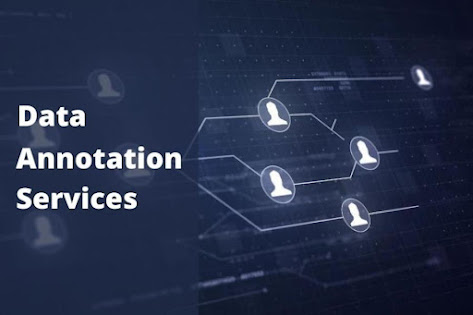OCR Dataset Curation: Selecting the Ideal Training Corpus
OCR Dataset Curation: Selecting the Ideal Training Corpus
The accuracy of an Optical Character Recognition (OCR) system largely hinges on the quality and relevance of its training data. While there's an abundance of datasets available for various OCR tasks, curating the perfect corpus for a specific project requires thoughtful deliberation. In this article, we will delve into the art and science of OCR dataset curation, offering insights on how to select the ideal training corpus.
Understand Your OCR Goals
The starting point for any dataset curation is a clear understanding of the OCR project's goals. Are you building a general-purpose OCR system or one tailored for specific contexts like medical prescriptions, legal documents, or street signs? The context dictates the kind of text variations, fonts, and distortions you'll need in your dataset.
Assess Dataset Diversity
A well-rounded dataset should encompass:
Variety of Fonts: From traditional Times New Roman to modern sans-serif fonts, ensure a broad spectrum.
Text Sizes: Text can appear in various sizes, from headers to footnotes.
Background Noise: Text isn’t always on a clean white background. Ensure your dataset has text over different backgrounds and textures.
Orientation & Skew: Real-world documents might have text at angles or skewed perspectives.
Lighting Variations: Especially for OCR systems intended for photographs or real-world captures, varying lighting conditions should be considered.
Language & Script Considerations
If your OCR system targets specific languages or scripts, ensure the training corpus is rich in that particular language. Some languages, like Arabic or Hindi, have unique scripts and challenges that must be adequately represented.
Synthetic vs. Real-world Data
While real-world data ensures the model is grounded in realistic conditions, synthetic data can help to artificially create challenging scenarios, expand the dataset, or represent rare cases. A balanced combination might be ideal for robust training.
Annotation Quality
An OCR dataset isn't just about images; it's also about the accuracy of annotations. Ensure that the dataset labels are accurate, as incorrect labels can mislead the model during training.
Include Edge Cases
Every OCR project will have potential edge cases. Whether it's unusually stylized fonts, extreme distortions, or unique symbols, ensure these are not overlooked in your dataset.
Regularly Update & Expand
The world of text and design is continuously evolving. It's beneficial to periodically review and update your dataset to incorporate new text styles, fonts, or other emerging trends.
Legal & Ethical Considerations
Always ensure that you have the rights to use and distribute the data. Steer clear of datasets that might have copyrighted, sensitive, or personally identifiable information. Always respect privacy and data protection guidelines.
Evaluate with a Validation Set
Once your model is trained, evaluate its performance on a separate validation set. This helps gauge the effectiveness of your training corpus. If the model's performance is lacking, it might indicate gaps in your training data.
Collaborate & Crowdsource
Engaging with a community or crowdsourcing can provide valuable insights. It can also be a source of additional data or annotations, especially for niche projects or languages with limited resources.
Conclusion:
In the world of OCR, the adage "Garbage in, garbage out" holds true. Quality data is the linchpin of high-performance OCR systems. Curating the ideal training corpus requires a strategic blend of comprehensiveness, relevance, and foresight. By embracing the principles outlined above, one can lay a solid foundation for an OCR system that is both accurate and versatile.




Comments
Post a Comment